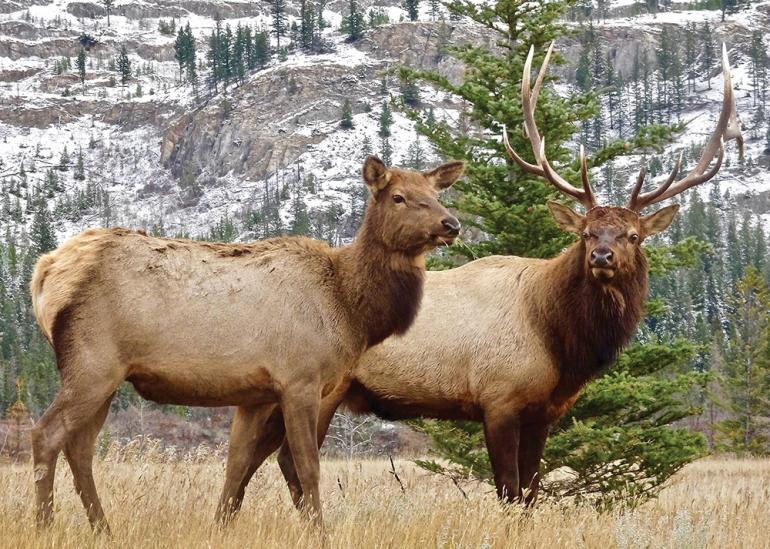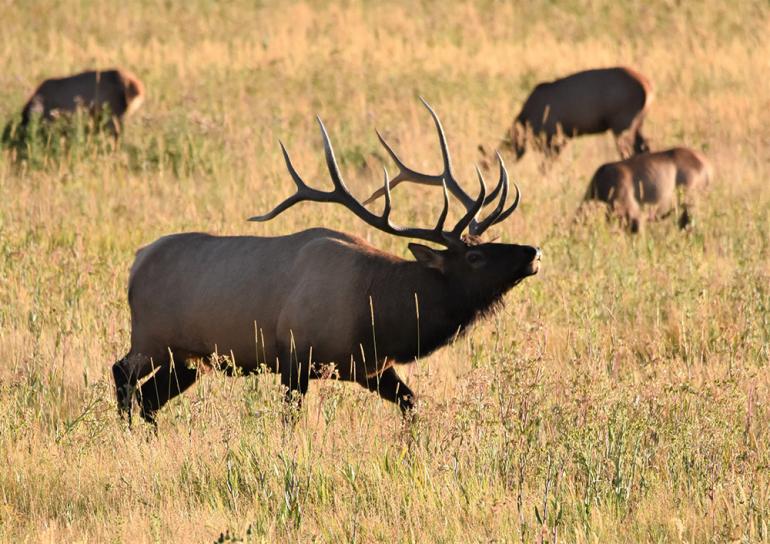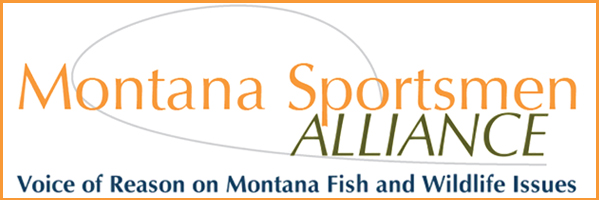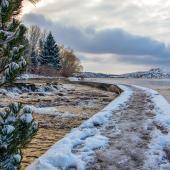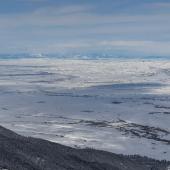Road Rage
The Roadless Rule repeal is bad news for elk hunters.
Elk don’t like roads. That’s the overwhelming conclusion from numerous studies conducted by multiple researchers and funded by organizations such as the Rocky Mountain Elk Foundation. They’re particularly reticent to reside around roads during hunting seasons. Cutting a road into prime elk habitat doesn’t make the hunting better. To the contrary, it pushes elk into less accessible areas. Where public lands adjoin private parcels, new roads may cause elk to flee to private land and become off-limits to public harvest.
I’ve seen this dynamic first hand. In the drainage of the Snowcrest Mountains where my family has hunted elk since the late 1940s, the road leading to our campsite was closed several miles lower. No one was happy with the prospect of relocating our camp well down the mountain. But a curious thing happened. We saw and killed elk in proximity to the closed road within two seasons in places they had avoided when the road was active. Eliminating the upper reaches of the road have actually made the hunting better and has spread hunting pressure across the drainage.
The Forest Service hasn’t managed to adequately fund—or meaningfully complete—fire mitigation on lands outside roadless areas, and the idea that removing protections will make them happen is preposterous.
That’s why this elk hunter fervently opposes the Trump administration’s current attempt to repeal the 2001 Roadless Area Conservation Rule that prohibits road-building and development on 58.5 million acres of National Forest lands nationwide—6.4 million acres of which is in Montana. Unlike the lengthy period of public comment and study that created the Roadless Rule, the repeal is being pushed through with an opposite approach. The official announcement occurred the Friday before Labor Day weekend and allows only three weeks for public comment, a move to limit public input on an unpopular policy in states like Montana where the majority supports protections for wild lands and wildlife habitat.
Beyond displacing elk during hunting seasons, hunters (and the public) should remember other things in relation to ramming roads and development into these areas. Roads degrade habitat for elk and other wildlife. They serve as conduits for the spread of noxious weeds, and the erosion from roads introduces silt in streams that harms trout. Roads are expensive to build and maintain, particularly in the high elevation and rugged environments encompassed by acreage protected by the Roadless Rule.
The Trump-appointed brass at the Forest Service and like-minded politicians are attempting to sell the repeal claiming the public will benefit from logging and mineral extraction, or that the roads are needed for fire mitigation projects such as controlled burning. In fact, there’s little merchantable timber in roadless areas and any brief economic gains won’t make up for wildlife habitat loss or the value of unspoiled lands in the long-term. The Forest Service hasn’t managed to adequately fund—or meaningfully complete—fire mitigation on lands outside roadless areas, and the idea that removing protections will make them happen is preposterous.
Roads degrade habitat for elk and other wildlife. They serve as conduits for the spread of noxious weeds, and the erosion from roads introduces silt in streams that harms trout.
Repealing the Roadless Rule is a bad idea for elk hunters, wildlife and the public. If you agree, then it is imperative to make your voice heard. Call your representatives and tell them not to support this shortsighted repeal of the Roadless Rule, lest we suffer incalculable damages to the landscapes we know, love, and recreate on.
Jack Ballard, of Red Lodge, is a nationally awarded writer. He has written three books and more than 100 magazine articles on elk and elk hunting.


